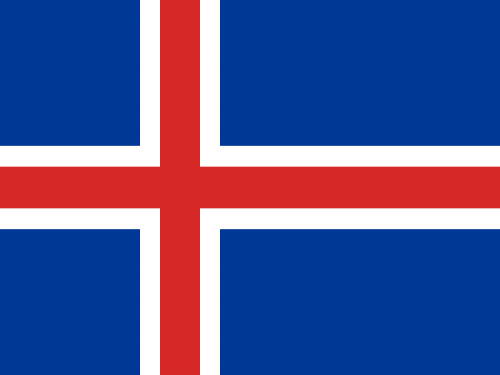Destination List > Vatnajökull National Park
Vatnajökull National Park
Photo by Theo Crazzolara
The history...
Vatnajökull National Park is one of three national parks in Iceland. It encompasses all of Vatnajökull glacier and extensive surrounding areas. These include the national parks previously existing at Skaftafell in the southwest and Jökulsárgljúfur in the north.
What makes Vatnajökull National Park unique is its great variety of landscape features, created by the combined forces of rivers, glacial ice, and volcanic and geothermal activity.
Vatnajökull is Europe's largest glacier outside the arctic, with a surface area of 8,100 km2. Generally measuring 400–600 m in thickness and at the most 950 m, the glacial ice conceals a number of mountains, valleys and plateaus. It even hides some active central volcanoes, of which Bárðarbunga is the largest and Grímsvötn the most active.
While the icecap rises at its highest to over 2,000 m above sea level, the glacier base reaches its lowest point 300 m below sea level. Nowhere in Iceland, with the exception of Mýrdalsjökull glacier, does more precipitation fall or more water drain to the sea than on the south side of Vatnajökull. In fact, so much water is currently stored in Vatnajökull that the Icelandic river with the greatest flow, Ölfusá, would need over 200 years to carry this quantity of water to sea.
On 5 July 2019, Vatnajökull National Park was inscribed as a World Heritage Site.



